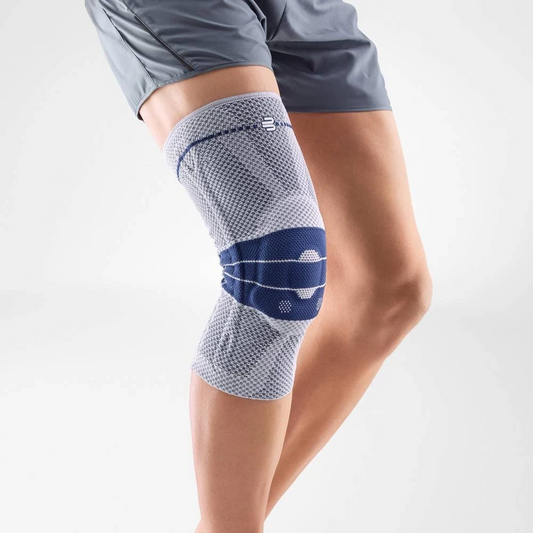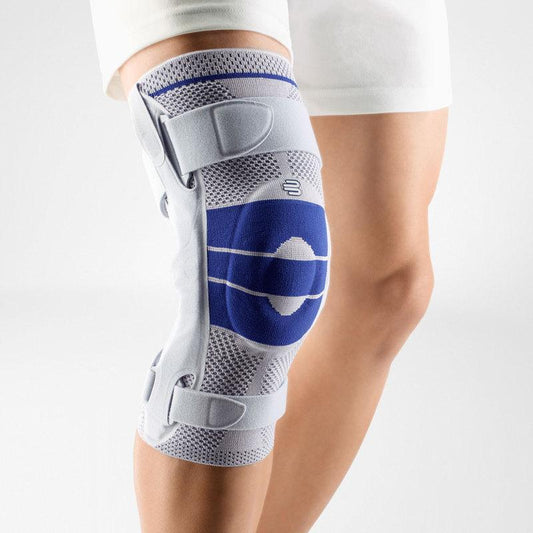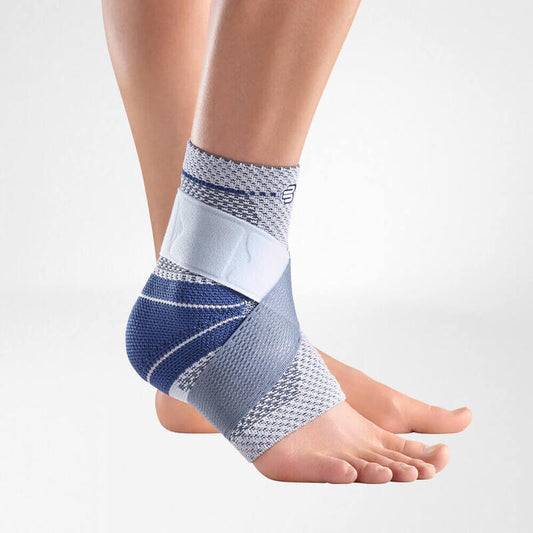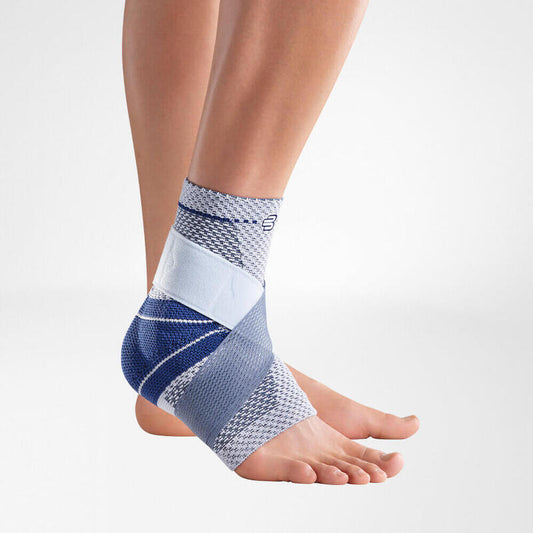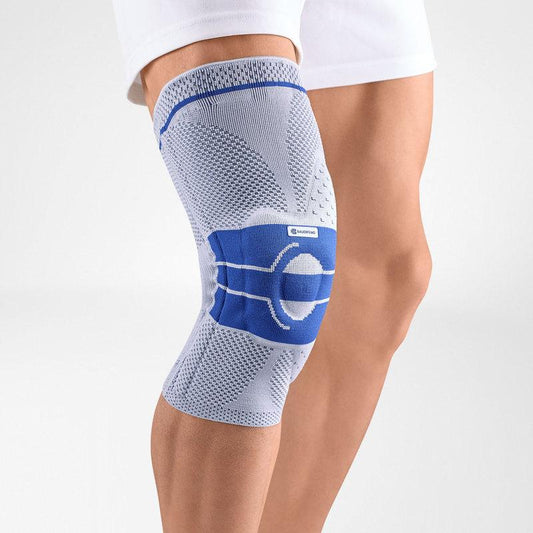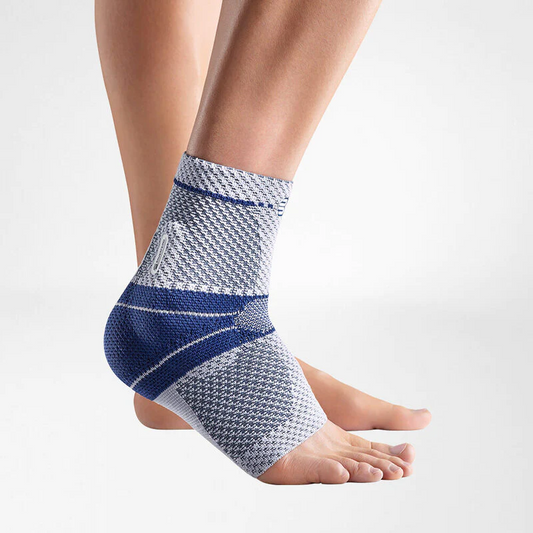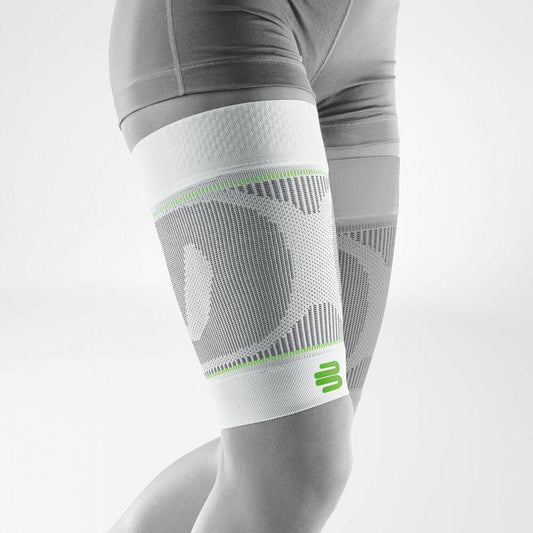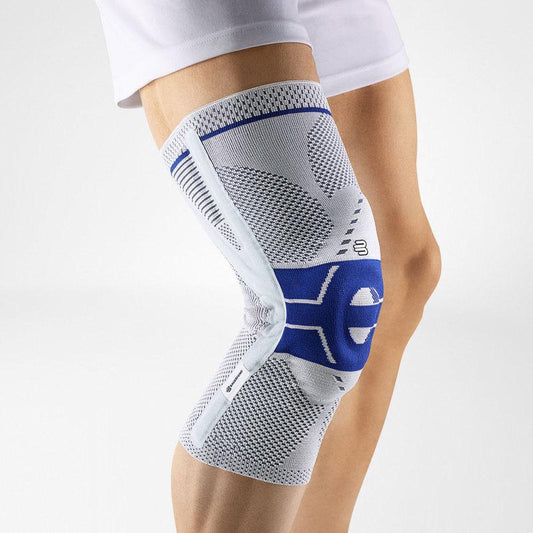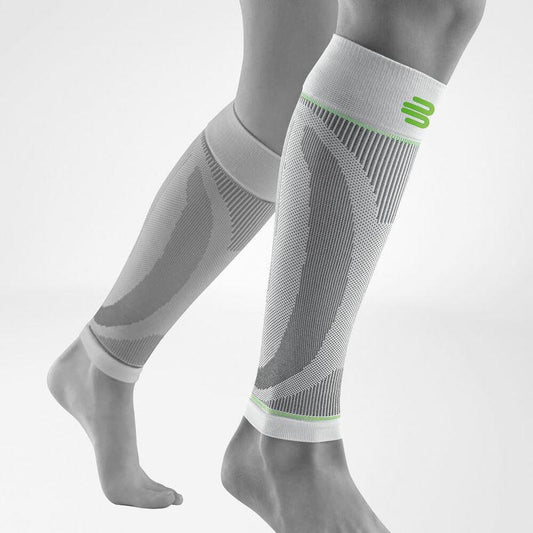Introduction to Stress Fractures
Stress fractures are a common injury among runners, accounting for 15-20% of all sustained musculoskeletal injuries. These injuries result when repetitive loading exceeds the bone’s capacity to repair microdamage, starting as stress reactions and potentially progressing to complete fractures if unaddressed. Early detection and prevention are essential to allow prompt intervention, hasten return to sport, and avoid long-term disability.
Risk Factors for Stress Fractures
A range of extrinsic and intrinsic factors may contribute to stress fracture risk in runners. However, based on the results from 2 meta-analyses, the research remains somewhat mixed (Science Direct and Research Gate).
Intrinsic Factors
- Body composition: one study reported that low lean muscle mass increased the risk of stress fracture (OR 1.14, 95% CI 1.01 to 1.28). In a similar vein, another study reported that a BMI of below 19 had a significant correlation with SF risk.
- Previous history: the studies mentioned above also noted an association between previous SF and risk of subsequent SF (ORs ranging from 2.90 to 6.36). An exploratory meta-analysis confirmed the results, specifying that previous SF put runners at a 5 times higher risk of a future stress fracture.
- Biomechanics: while certain biomechanical factors remain contested (e.g, front foot vs midfoot vs heel strike), a low running cadence does show a correlation with SF risk.
Extrinsic Factors
The key extrinsic factors are load spike and poor recovery. As mentioned above, stress fractures form when the speed or extent of damage exceeds the speed or capacity for the bone to heal. More specifically, this occurs when osteoclasts and osteoblasts, responsible for removing damaged tissue and forming new tissue, can’t keep up with the rate of damage. This imbalance can occur through rapidly increasing training load or not allowing sufficient rest for bone healing to take place.
Other extrinsic factors, such as hard terrain and running shoes with insufficient support, may also contribute, though their effects are minimal compared to recovery and load.
Importance of Early Detection and Intervention
At best, an overuse injury can result in time lost from running, which can negatively impact fitness or competition goals. At worst, the stress fracture can become chronic or progressive, eventually leading to a complete fracture.
To avoid occurrence and recurrence, clinicians should carefully monitor runners who present with an insidious onset of focal bone tenderness, especially following a recent increase in training intensity or mileage. Early warning signs of SF often include localised pain that worsens with activity and lingers after rest. The pain will most likely develop in the legs, most commonly the tibia, metatarsals, or tarsal navicular, with a reported 23.6% 16.2% and 17.6% incidence rate. However, it may also present in the femur (6.6%) or pelvis (1.6%).
Stress fracture prevention strategies for runners
Load and Recovery
First and foremost, prevention should focus on balancing load and recovery. Ideally, runners should avoid abrupt increases in distance or training volume, but they should implement sufficient rest periods and cross-training (e.g., swimming and weight training) to maintain fitness and allow bone healing.
Considering Shoes and Surface
While other factors, like hilly terrain and insufficient cushioning, present a lower risk than load and recovery, they may still be considered. For example, running on flatter and slightly softer terrain can slightly reduce bone stress, as can getting a new pair of running shoes every ~500 km to avoid losing too much sole. Orthotics may also be beneficial, as they reduce ground impact and improve the roll of the foot.
Dietary intake
As previously mentioned, low lean muscle mass and a BMI of under 19 have been reported to increase risk. Therefore, it is essential to inform patients of the importance of sufficient caloric intake, especially proteins and carbohydrates, to assist in muscle growth and glycogen renewal.
Additional considerations may include increased vitamin C and D intake (at a minimum of 1,500–2,000 mg/d and 800–1,000 IU/d per day, respectively). However, findings regarding their effectiveness remain mixed, and they should be individualised according to patient needs.
Biomechanics
Running biomechanics are alterable, and so they are often looked to as a precursor for SF and as a way to prevent it. In particular, early stance mechanics are a promising target for reducing injury risk. Per a study in BJSM, gait retraining, emphasising muscle preactivation at foot strike, can dampen early impact loading and help prevent stress injuries.
Additionally, individual anatomical factors, such as hip rotation, foot structure, or femoral geometry, can contribute to injury risk. Some studies in a meta-analysis suggest that addressing modifiable biomechanical elements, like strengthening and stabilising musculature (calf, hip, core), may build resilience and lower fracture risk. However, current research is quite limited.
Foot insoles (orthoses) for stress fractures
Run Performance Insoles
Foot orthoses show some preventive benefit for bone-stress injury (including stress fractures) in active populations. For example, patients with excessive pronation may benefit from orthotics to reduce lateral loading, given the coincidence of pronation and lateral stress fractures. Additionally, some meta-analyses found a positive impact of foot orthotics in reducing stress fracture risk in the tibia or fibula, though other high-incidence areas had inconclusive findings. Mechanically, orthoses can alter plantar pressures and lower certain tibial/foot loads during running, though kinetics/kinematics findings are heterogeneous and do not guarantee prevention for every runner.
If a patient presents with a history of tibial/metatarsal BSI or clear foot-mechanics contributors (e.g., excessive pronation with focal overload), a custom or well-fitted prefabricated contoured orthosis, such as our Run Performance or ErgoPad Weightflex 2, may be worth trialling alongside load management.
Both of these insoles work to slightly cushion ground strike and guide the roll of the foot for better biomechanics. They do so by adapting to the foot and stimulating the muscle through sensorimotor spots. In the Run Performance Insoles, the slight elevation in the front splays the toes, improving force distribution and sensorimotor feedback.
Midfoot Taping
MalleoTrain Plus Ankle Support
Some studies found that taping may improve proprioception and comfort while running following a stress fracture. Our MalleoTrain S and Plus Ankle Supports incorporate a figure-8 strap that mimics tape without needing constant reapplication. They also integrate medical-grade knit and, in the case of the MalleoTrain Plus, viscoelastic pads, to boost circulation and further improve sensorimotor function.
Bauerfeind have a range of orthoses, supports and compression products that can support your patients through recovery and their return to sport. Take a look at our running range: Run Performance and Recovery
Conclusion
Stress fractures in runners represent a multifaceted challenge requiring a proactive, individualised, and evidence-based approach.
Early detection through clinical vigilance, particularly in high-risk individuals, is essential to prevent progression. Preventive strategies should focus on moderating training load, optimising nutrition, adjusting biomechanics, and ensuring proper foot support and recovery.




